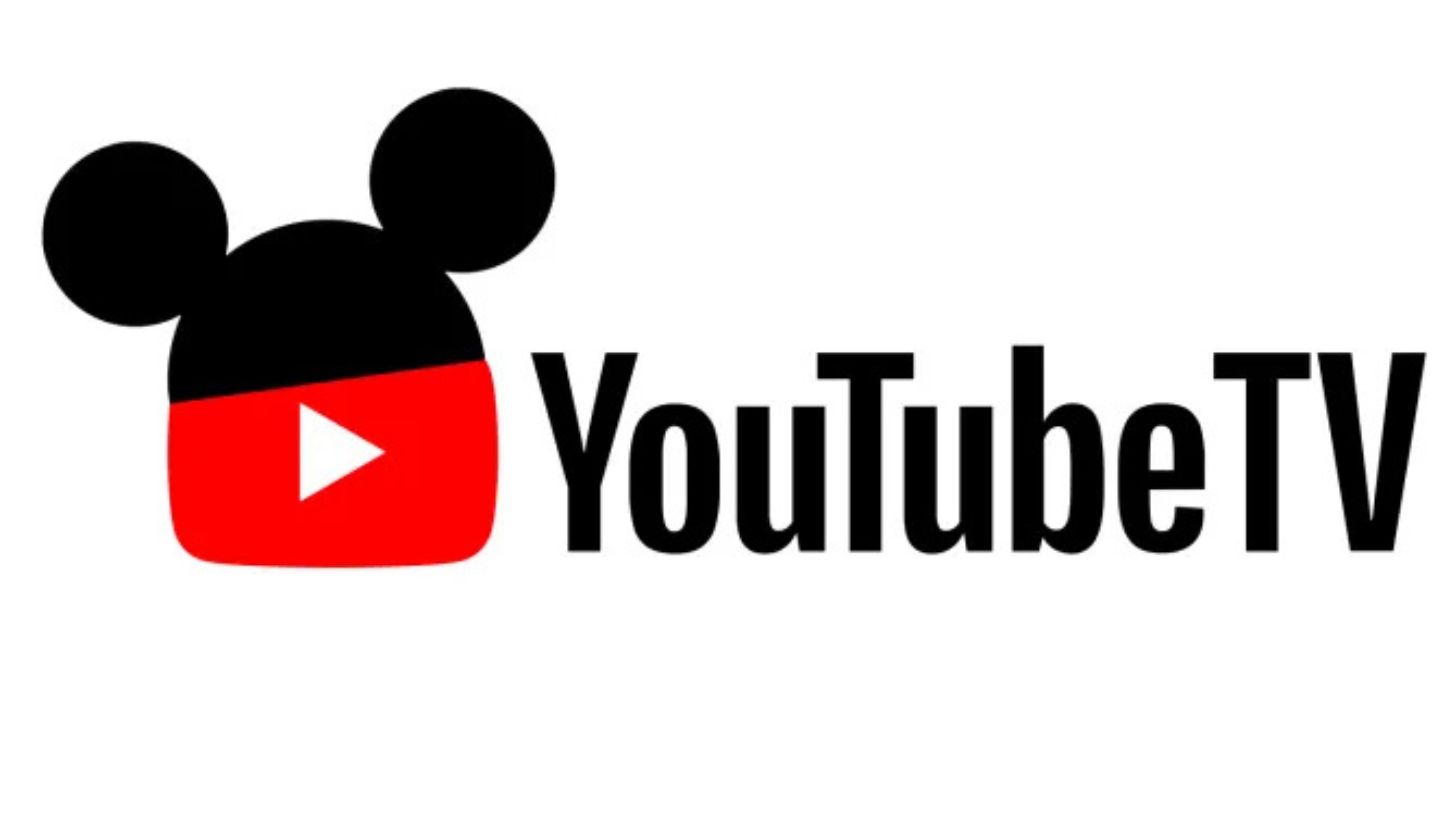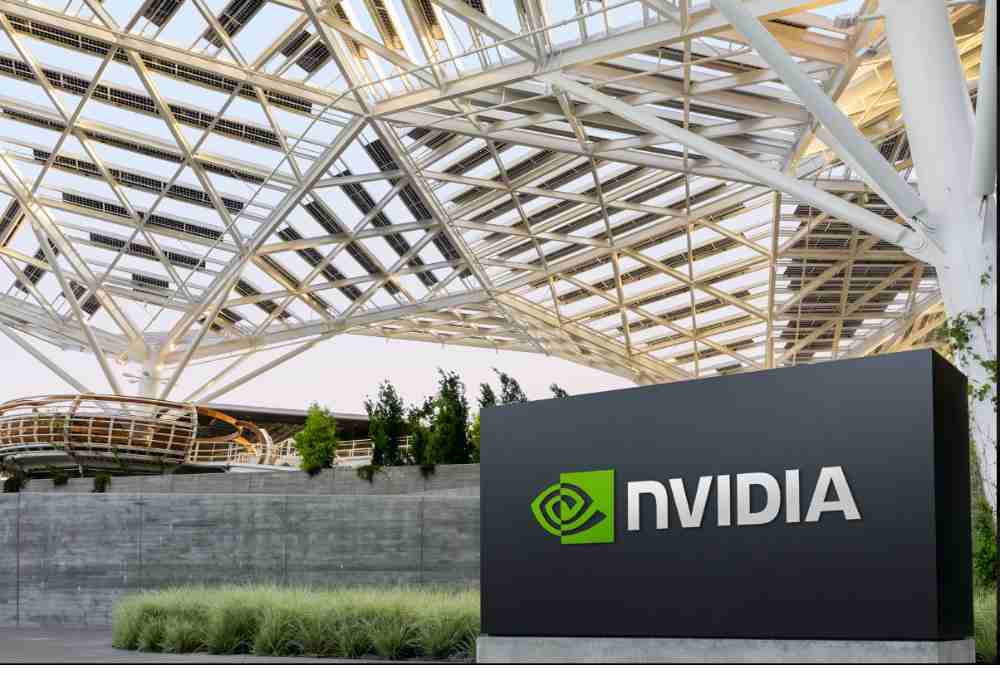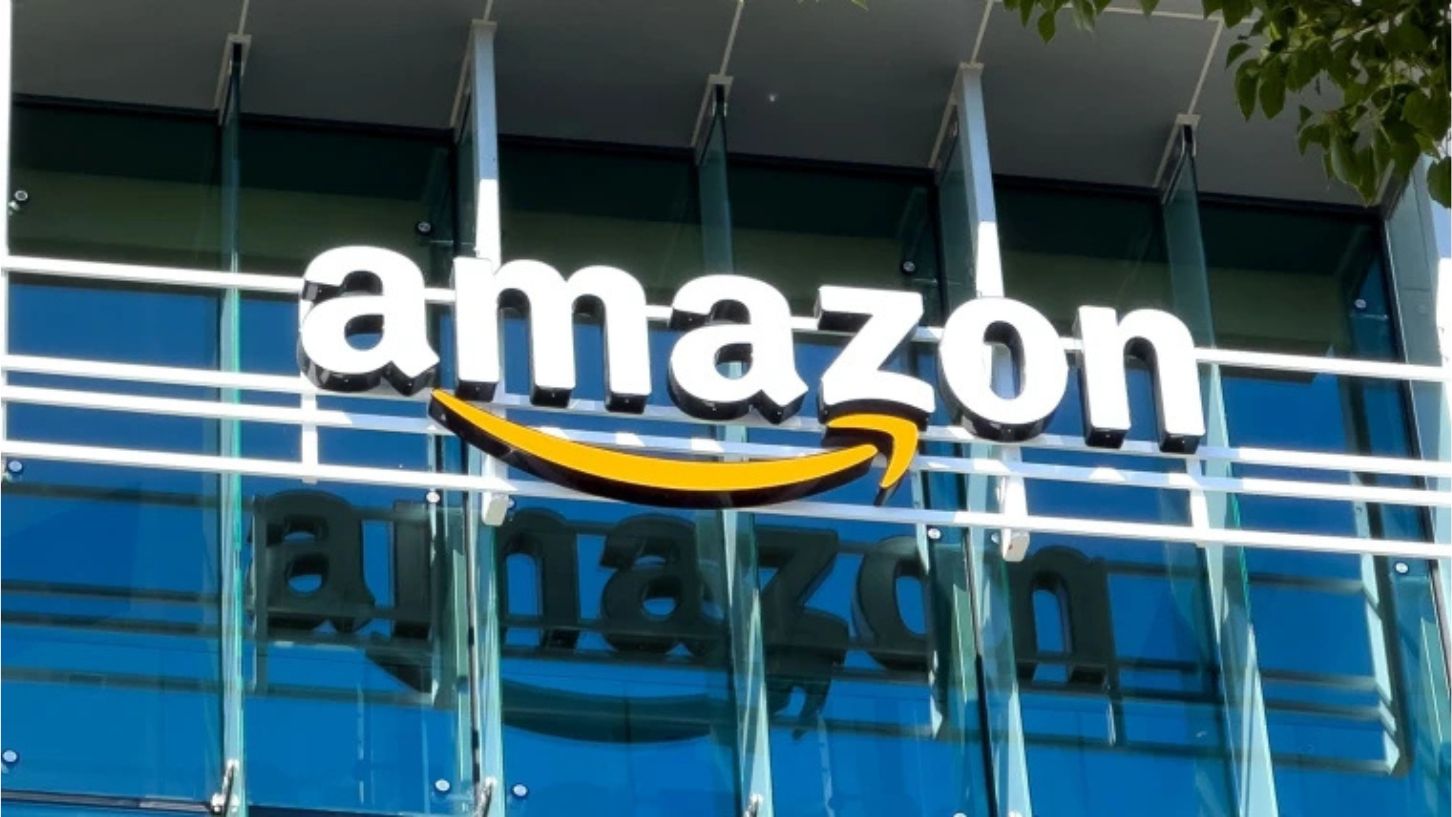The Disney content blackout on YouTube TV is the headline everyone’s talking about this week—and for good reason. If you’re a subscriber to YouTube TV, you might have noticed that channels from The Walt Disney Company (such as ESPN, ABC, FX, and National Geographic) are no longer available after their contract talks with YouTube TV broke down.
In this blog, I’ll explain why this happened, what it means for you as a viewer, and how you might respond—using simple language and real-life examples to make things clear.
Why the blackout happened
At the heart of this is a contract dispute between Disney and YouTube TV. Disney provides the channels; YouTube TV earns money by streaming them to subscribers like you. Contracts govern how much YouTube TV pays Disney for the rights to carry those channels. According to news reports, YouTube TV says Disney demanded “costly economic terms” that would raise prices and benefit Disney’s own streaming platforms (like Hulu + Live TV). Disney counters that YouTube TV is exploiting its position and trying to underpay for content.
Here’s an everyday analogy: imagine you subscribe to a TV bundle from a cable company. The cable company has to pay networks like ESPN a fee. If the network says, “We want more fees per subscriber,” and the cable company says, “We’re not willing to pay that much,” then the network might pull its channels. That’s essentially what’s happened here between YouTube TV and Disney.
Because no agreement was reached by the deadline (October 30, 2025), Disney’s channels went dark on YouTube TV starting immediately afterward.
What this means for viewers – Disney content blackout on YouTube TV
If you’re using YouTube TV, you need to know this could affect your viewing experience. Here are key impacts:
Firstly, you may lose access to major Disney-owned networks such as ESPN, ABC, FX, and National Geographic. That means if you watch sports on ESPN or your favourite ABC show each week, you could miss it unless the deal is fixed.
For example, imagine you tune in on a Saturday expecting to watch a college football game on ABC, but the channel is now missing. You might be out of luck—unless the dispute is resolved quickly. That’s a real risk right now.
Secondly, YouTube TV has responded by saying that if Disney’s content remains unavailable for an extended period, it will credit subscribers about $20. But note: that’s a compensation offer, not necessarily a full fix.
Thirdly, this dispute underscores how streaming and live TV are changing. Disney isn’t just a channel provider anymore—they have their own streaming services and live-TV packages. The dynamics have shifted.
What you can do now
So what should you, as a viewer, do? Here are some suggestions:
Check your channel lineup. If you notice Disney-owned channels missing from YouTube TV, you might want to explore alternatives—either with YouTube TV once the deal resolves or via other streaming services. Think of it as checking whether the TV channels you expect are actually still being carried.
Consider the cost vs benefit. If you’re paying for YouTube TV expecting certain channels and they’re unavailable, you may ask whether you want to continue the subscription, switch temporarily, or pause. For example, if you’re a big sports fan relying on ESPN, this blackout might push you toward a different service that still has it.
Stay informed. These kinds of disputes can be resolved quickly—or drag on. Either way, knowing when your favourite channel may come back or when to switch will help you avoid unpleasant surprises.
For instance, earlier this year, YouTube TV had similar disputes with other major networks like NBCUniversal and Paramount Global, and they were settled before full blackouts in some cases.
Understanding the Disney content blackout on YouTube TV
(Here’s the focused section with the keyword.)
Understanding the Disney content blackout on YouTube TV means appreciating both sides of the negotiation. From Disney’s side, their content is valuable—ESPN for sports fans, Disney Channel for families, etc. They want to extract more value, especially since they also operate streaming services themselves. From YouTube TV’s side, they must balance paying higher fees and not increasing subscriber costs too much, while remaining competitive. If YouTube TV agreed to too-high terms, it might have to raise monthly subscription fees—and viewership can drop.
Another angle: when a channel goes dark, viewers bear the brunt. That gives leverage to both sides. Disney knows viewers hate losing ESPN. YouTube TV knows losing a big provider may drive users away. It becomes a chess negotiation game.
In short, the blackout is not about technical failure—it’s pure business negotiation. And viewers like you and me end up watching from the sidelines until a deal is struck.



